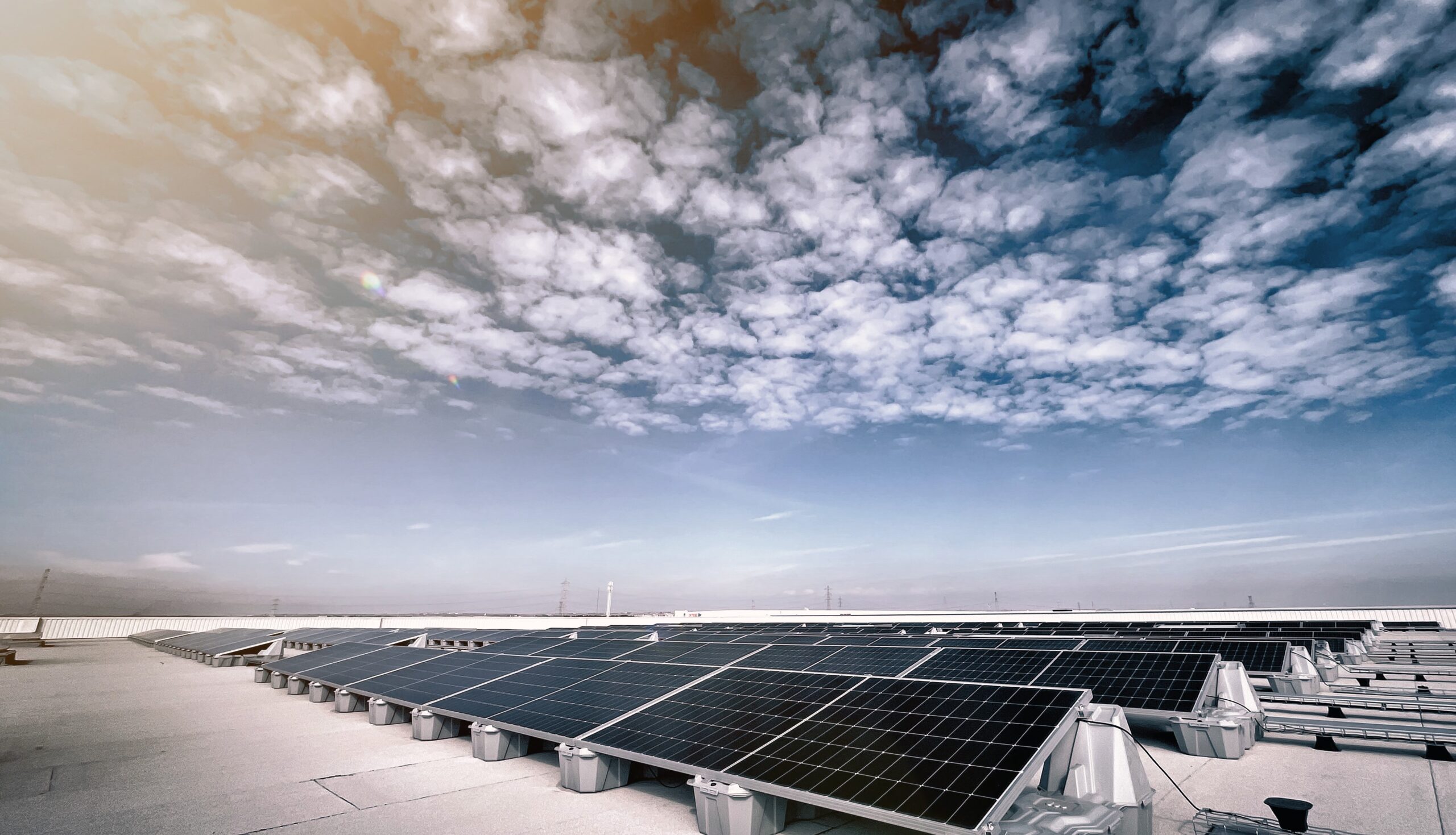W ciągu zaledwie roku udział certyfikowanej powierzchni magazynowej wzrósł z 53 do 77 proc., a obiekty magazynowe odpowiadają już za ponad 54 proc. wszystkich certyfikowanych budynków w kraju. Wynika to z rosnącej presji w sektorzIn just one year, the share of certified warehouse space has increased from 53 per cent to 77 per cent, and warehouse facilities now account for over 54 per cent of all certified buildings in the country. This is due to mounting pressure in the logistics sector to adapt buildings to CO2 emission reduction requirements, both in response to EU regulations and growing tenant awareness.e logistycznym na dostosowywanie budynków do wymogów związanych z redukcją emisji CO₂, zarówno z uwagi na regulacje unijne, ale też rosnącą świadomość najemców.
Growing Market Demand for Green Warehouse Solutions
A growing number of companies are recognising that investing in green construction is not just a cost, but a strategic business decision. The pressure from the business environment is making environmentally sound distribution centres the market standard. According to the data presented in the PLGBC report “Sustainable Certified Buildings 2025,” the number of certified buildings increased by 10 per cent year-on-year from March 2024 to March 2025. At present, there are 2,456 of them in Poland, 54 per cent of which are warehouses. Their number is steadily increasing. In 2024, 53 per cent of warehouse facilities were certified, a figure that rose to 77 per cent in March 2025, thus indicating the strength of this growing trend
Logistics platforms now play a key role in sustainable construction, accounting for over half of all certified buildings in the country. Our facilities in Wiskitki, Będzin, Olszowa and Błonie have been awarded LEED certification, which means that they meet some of the world’s most stringent standards for sustainable construction. This is a significant asset in customer relations that enhances the competitiveness of our offer. EU regulations necessitate that companies adapt their operating and supply chain management strategies, and modern facilities designed to reduce CO2 emissions are becoming a strategic asset,” says Mariusz Gajek, Technical Director for Central Europe at FM Logistic.
Sustainable building certificates verify that claims made by logistics operators regarding environmentally friendly solutions are consistent with actual practices. The most common certifications are BREEAM and LEED, which evaluate buildings based on their environmental impact. The evaluation criteria include location, water management, energy efficiency, choice of materials, and indoor environmental quality.
Sustainable Warehousing in Practice
In modern distribution centres, environmentally friendly solutions are implemented at many levels. These include energy production and recovery, as well as rational resource management and ensuring comfortable working conditions for teams. Energy-efficient LED lighting with motion sensors, energy management systems and renewable energy sources have now become standard features.
The most prevalent solution is photovoltaic panels, which significantly reduce CO₂ emissions. “350 kW photovoltaic panels installed at our facility in Wiskitki allow us to produce our own electricity. This helps us reduce our energy consumption from the grid, but above all, it cuts down our CO2 emissions by as much as 249 tonnes per year. We also strive to ensure that the energy we use is as green as possible, which is why at the purchase stage we choose energy from certified renewable sources, – says Mariusz Gajek from FM Logistic.
Heat recovery systems are just as important, as they reduce the negative impact of warehouse operations on the environment. There is an increasing trend of buildings switching to heating based on heat pumps that are powered by electricity from photovoltaic panels. The integration with the boiler room loop facilitates the transfer of surplus energy to other buildings. Retain of heat within the edifice is also of the essence.
Intensive traffic on the logistics platform involves frequent air exchange and thus heat loss. To limit energy losses, we have implemented a proprietary solution at the Wiskitki platform in the form of special curtains and dock floor insulation. This reduces heat loss and improves working comfort, – says Mariusz Gajek.
Smart systems play a major role in the energy management of modern warehouses by allowing real-time monitoring of consumption and flow control as well as adjusting conditions to the specific characteristics of the stored products.
The optimisation of our facilities is overseen by a Building Management System (BMS), which enables remote management of utilities and ensures their efficient use. This solution allows us to achieve energy savings of several per cent annually and to respond quickly to irregularities. At the same time, it helps us maintain the highest standards in terms of temperature and humidity parameters for stored goods, – adds Mariusz Gajek.
Certified Warehouses Offer Real Value for Tenants
The share of certified warehouse space is growing steadily, and tenants are the main beneficiaries of this trend. They gain access to modern, sustainable facilities that better meet their operational and environmental requirements. Such warehouses’ exceptional energy efficiency allows for optimised operating costs, delivering tangible long-term savings through lower utility bills. Using sustainable facilities also supports the reporting process – manufacturers and distributors can reduce their carbon footprint, which is reflected in better environmental indicators.



